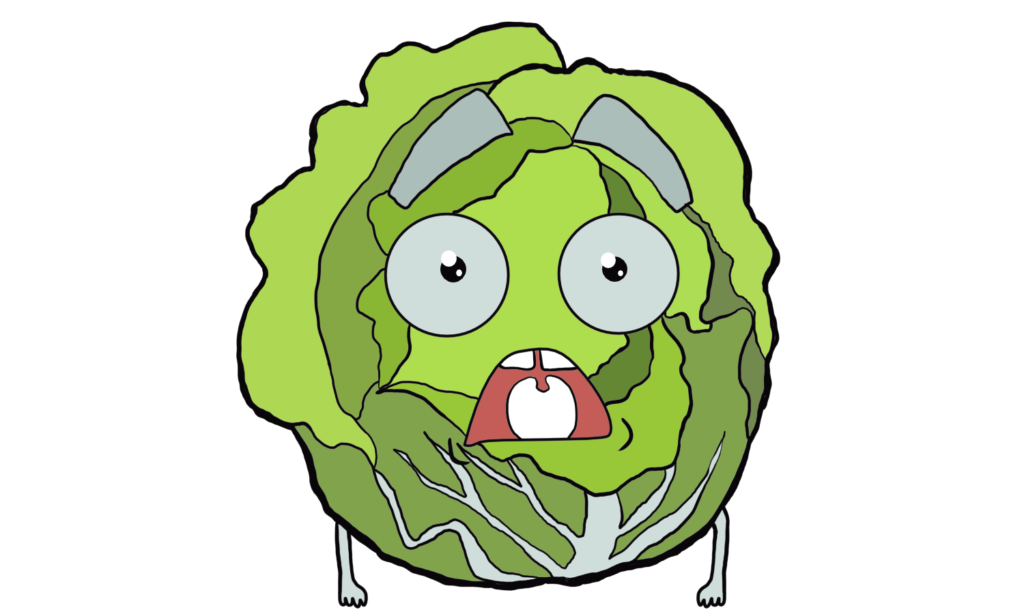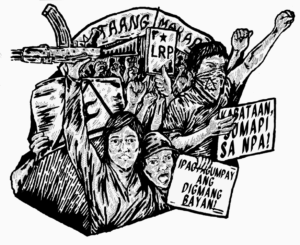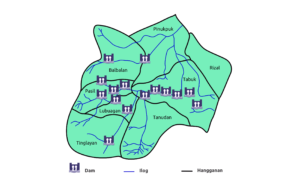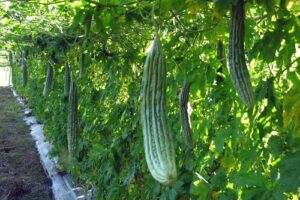Wilting under costly veggies


Vegetable prices spiked drastically last month. In Metro Manila, the price per kilo of cabbage (₱300) reportedly increased by 375%. The price of Chinese cabbage and carrots also doubled, while the prices of eggplants rose by 75%, and squash and bitter gourd by 25%.
The Department of Agriculture (DA) blamed the increase in prices and supply shortage to typhoon Fabian and southwest monsoon which lashed various parts of Luzon during the last week of July. Even prior to this, however, the country has long been facing a worsening decline in vegetable supplies. The DA itself warned earlier this year that the country will face a vegetable shortage of 434,840 metric tons (MT) this year. The shortage is being used by the department to further liberalize the importation of vegetables.
An average of 2 million MT of vegetables are consumed by Filipinos every year, or equivalent to 18.24 kilos per capita. Estimated other uses for vegetables such as seeds, feeds and waste was projected at around 136,934 MT.
Declining production
Since 1995, vegetable production in the Philippines has been dwindling due to the liberalization of agricultural trade in compliance to the General Agreement on Tariffs and Trade. Not even half of the vegetables produced locally in 1996 (4.8 million tons) is projected to be produced this year. The decline in vegetable production is primarily a result of bankruptcies faced by farmers due to all-out liberalization.
The local garlic sector faced the worst impact of vegetable trade liberalization. In the 1990s, 100% of the garlic consumed in the country was produced locally. In 2020, 91% of the total garlic supply was already imported. This same problem has affected the production of monggo beans and onions, in which 51% and 39% are now imported respectively. Among vegetables imported by the country in 2019, monggo beans recorded the highest volume at 36,656 MT which is valued at ₱1.7 billion, followed by onions (23,590 MT or equivalent to ₱261.8 million).
Along with massive use-conversion, the production and area of vegetable farms in the country continues to decrease. Latest data indicate that 240,724 hectares of land in the country are devoted to the production of the nine primary vegetables in the country in 2020. This is 6,365 hectares less compared to the vegetable land area in 2016 when the regime Duterte came into power. Vegetables planted in these area include bitter gourd, cabbage, cassava, eggplant, monggo beans, onion, potato, sweet potato and tomato. A huge portion of vegetable farms are located in Ilocos, Cordillera, Central Luzon, Southern Tagalog, Northern Mindanao, Bangsamoro and Eastern Visayas. Majority of vegetables in Metro Manila are sourced from Benguet in Cordillera.
Among the vegetables imported by the country in 2020, onion recorded the biggest volume (40,585 MT or ₱2.03 billion), followed by monggo beans (26,980 MT or ₱1.8 billion) and garlic (23,590 MT or ₱1.82 billion). Almost all of the imported garlic, and more than a third of imported onions in local markets were sourced from China. Around 80% of the total monggo bean imports were from Indonesia and Myanmar.














